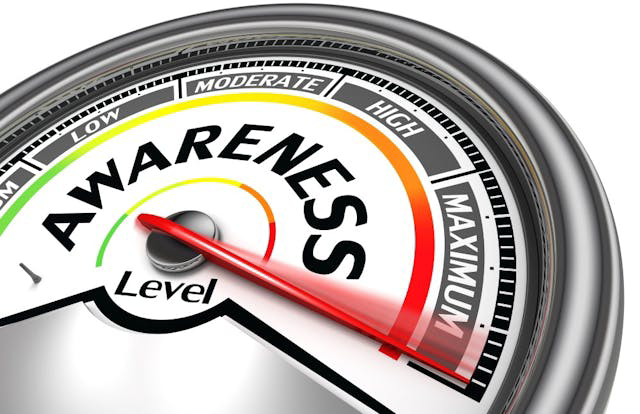Hi, good reader, How are you? Today I want to share an interesting topic namely "what is a positive mindset" The reason I chose this topic is because many people admit that they have difficulty thinking positively If you ask me why thinking positively is difficult because there are no positive habits that can be applied to everyday activities, besides that, their lifestyle and traditions have the potential to prevent them from thinking positively, Now I want to share information about several factors can contribute to making it difficult for people to think positively:
1. Negative Thought Patterns: Negative thinking habits, such as catastrophizing or dwelling on the worst-case scenarios, can become ingrained over time, making it challenging to shift to a more positive mindset.
2. Past Experiences: Negative experiences from the past can create a mental framework that predisposes individuals to view things pessimistically in the present and future.
3. Stress and Anxiety: High levels of stress and anxiety can cloud judgment and make it harder to focus on positive aspects of life.
4. Cultural and Social Influences: Cultural norms, societal pressures, and negative influences from peers or media can shape one's outlook on life.
5. Self-esteem Issues: Low self-esteem can lead to a negative perception of oneself and the world, making it difficult to see things in a positive light.
6. Biological Factors: Brain chemistry and genetic predispositions can play a role in how easily someone can think positively.
7. Habits and Conditioning: Constant exposure to negativity, whether through personal experiences or environmental factors, can condition individuals to default to negative thinking.
8. Lack of Coping Skills: Some people may lack effective coping mechanisms to deal with challenges and setbacks, which can perpetuate negative thinking patterns.
Addressing these factors often involves a combination of cognitive-behavioral therapy, mindfulness techniques, self-reflection, and building resilience to help individuals cultivate a more positive mindset, there is one thing that we often forget to discuss, there is one habit that can lead people to behave negatively is constant criticism or fault-finding. when individuals habitually focus on what's wrong rather than what's right, it can breed negativity in their interactions with others and in their own self-perception. this habit can damage relationships, create a pessimistic outlook, and hinder personal growth. Additionally, it can contribute to a cycle of negativity where individuals become trapped in a pattern of finding flaws in themselves and others, rather than seeking solutions or opportunities for improvement, there is another thing that causes someone to not be able to think positively, namely starting from building a relationship, a relationship characterized by constant criticism, hostility, or negativity can lead to the development of negative habits. this could be a toxic relationship where one or both parties engage in behaviors such as belittling, blaming, or constantly undermining each other. Such dynamics can erode self-esteem, promote feelings of inadequacy, and reinforce negative thought patterns.
Similarly, codependent relationships where one person's happiness and self-worth are overly dependent on the other can also foster negative habits. This can lead to behaviors such as people-pleasing, sacrificing one's own needs for the sake of the other, or enabling destructive behaviors.
In both cases, the negative patterns within the relationship can spill over into other areas of life, influencing how individuals interact with themselves and others. Breaking free from such relationships or seeking professional support to establish healthier boundaries and communication patterns is crucial for breaking negative habits and fostering personal growth.
hopefully this article can provide inspiration and insight, good luck.













